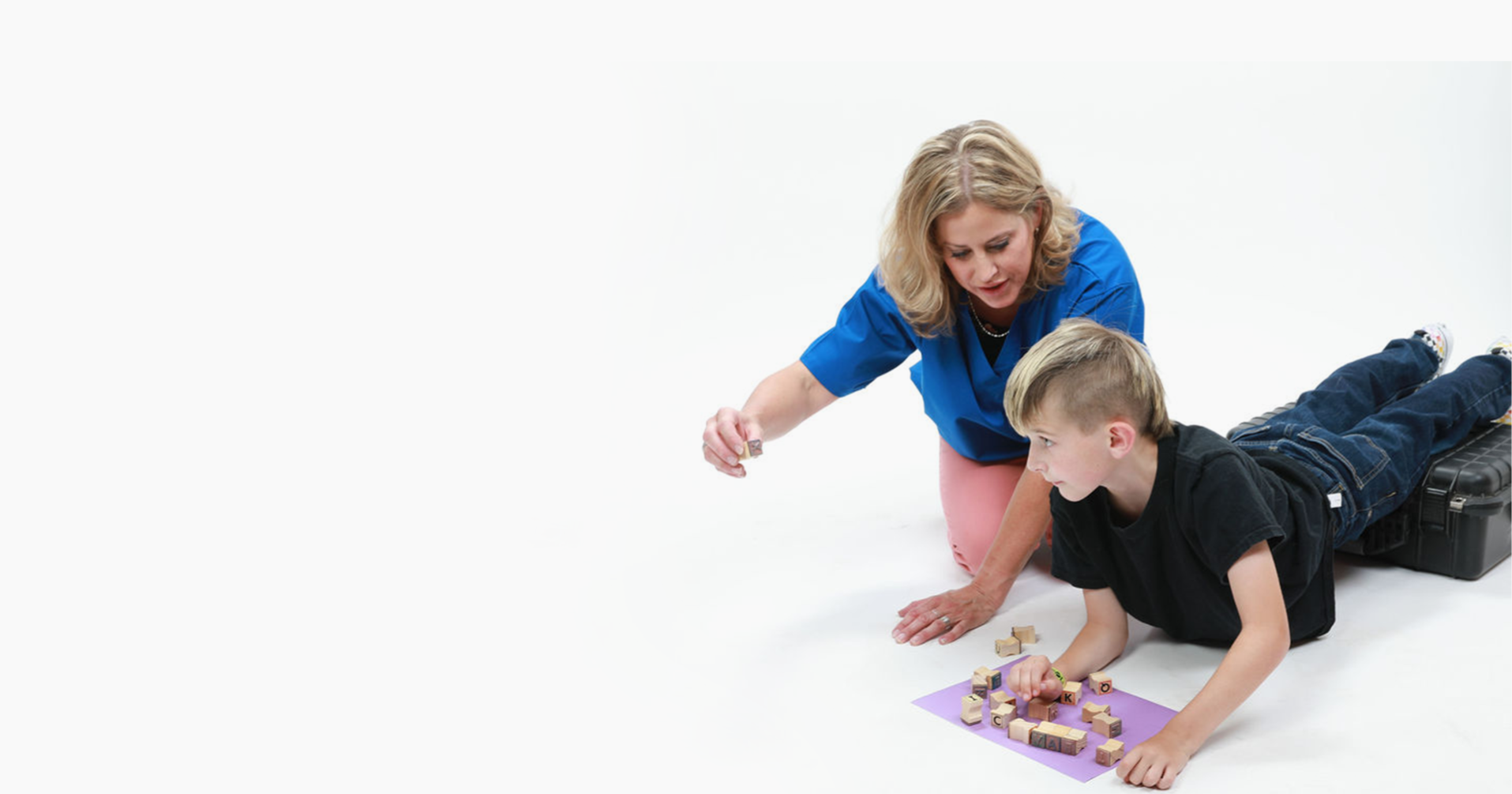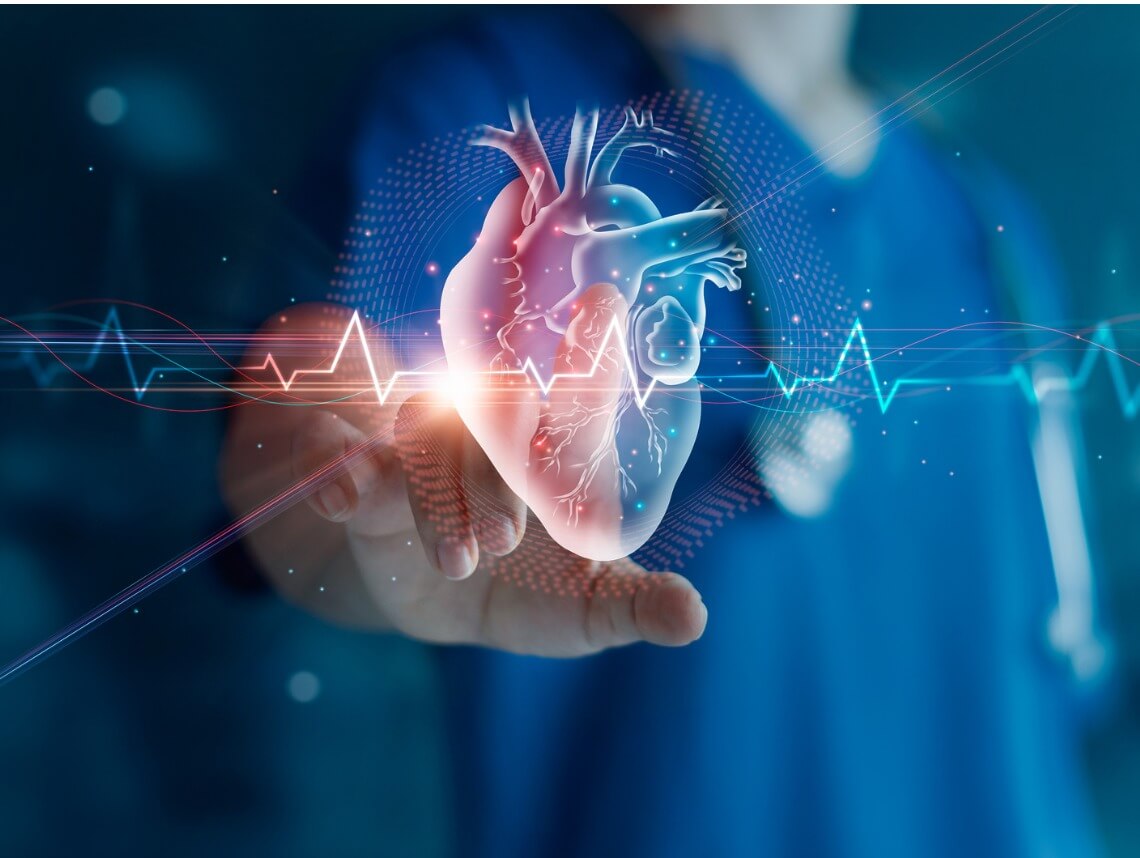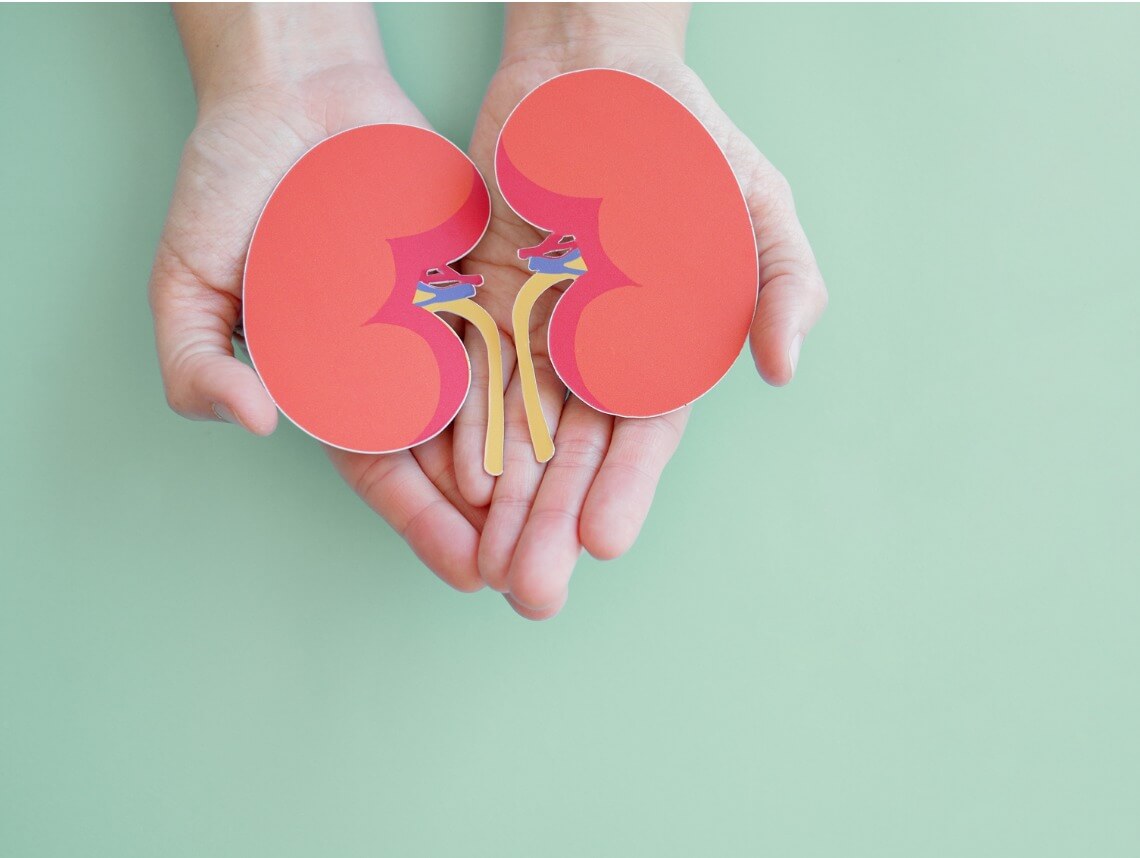Blog, News, & Resources

Subscribe to Updates here



- All Categories
- School-Based Services
- Pediatric Therapy
- Nursing Care
- Alzheimer's and Dementia Care
- Occupational Therapy
- Speech Therapy
- Care Options for Kids
- SLP, Speech-Language Pathology, SLPA
- Students
- School District
- Speech-Language Pathologist
- Administration
- Companion Care
- OT
- Washington
- Colorado
- Oregon
- Work-Life Balance
- Arizona
- Family Caregiver Services
- Nurse
- Physical Therapy
- Solace Pediatric Healthcare
- New Jersey
- Family CNA
- Hospital
- In-Home Support Services
- Nurses Week
- Payroll
- School Psychologist
- Florida
- Human Resources
- Idaho
- Talent Acquisition
- Texas
- West Valley School District
- Yakima

Pulmonary Hypertension in Children
April 13, 2023
Pulmonary hypertension is rare, but it can be a life-changing condition for the people and families it affects. It’s normal to have questions and...

Hypopituitarism in Children
April 9, 2023
Hypopituitarism can be a confusing and scary condition to encounter, as it can require testing and multiple appointments to understand what’s going...

Double Aortic Arch
April 6, 2023
Congenital heart conditions also known as congenital heart defects can be an immediately life-changing diagnosis for any family. When managing a...

Ectopic Kidney
April 3, 2023
As a parent we understand it can be distressing to learn about your child having a birth defect. It’s natural to have questions about the causes and...

Language Sampling Tools
March 29, 2023
Confession: I’m not great at language sampling. Language samples are a required part of our state criteria to determine eligibility for a language...

How to Become a Nurse in Florida
March 27, 2023
Florida needs nurses! Nursing is a career in significant demand and has seen major growth, especially in Florida. As more and more families move to...

A Day in the Life of a Nurse
March 22, 2023
As highly trained and licensed health professionals, nurses are the primary care providers in a wide range of health care situations. The sheer...

Perks of Being a Nurse
March 19, 2023
Have you considered becoming a nurse? Nursing is a job that can be a rewarding and fulfilling career choice for almost anyone. Yes, it is hard work,...

Polydactyly in Children
March 16, 2023
Polydactyly in children is one of the most common forms of hand and feet abnormalities. It is normal for parents to have questions and concerns about...

Don't Go! How to Make Your District a Place SLPs Want to Stay
March 15, 2023
Nooo! Another SLP has decided to leave your school district! If you've been a special ed administrator for any amount of time, you probably know this...






